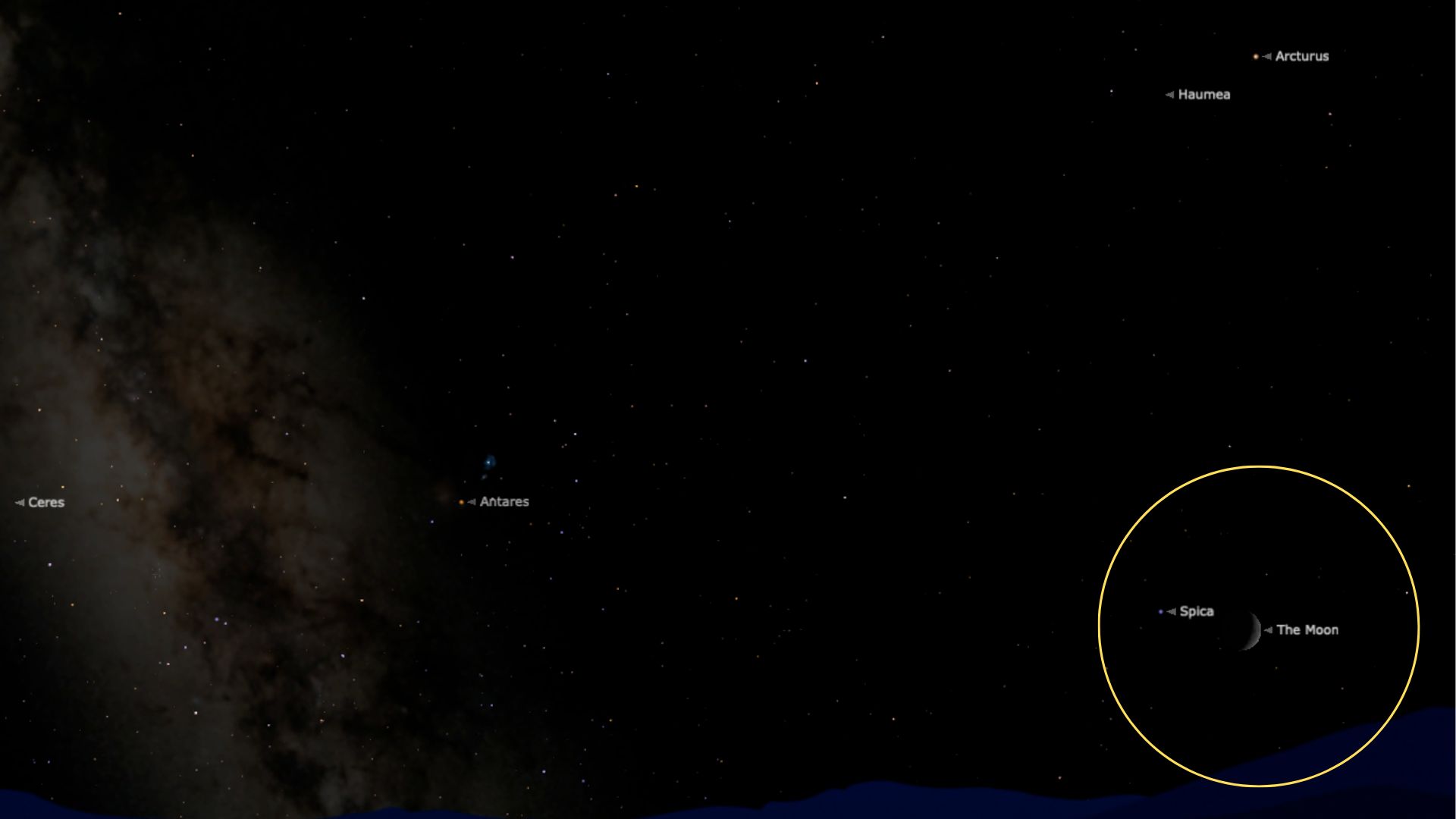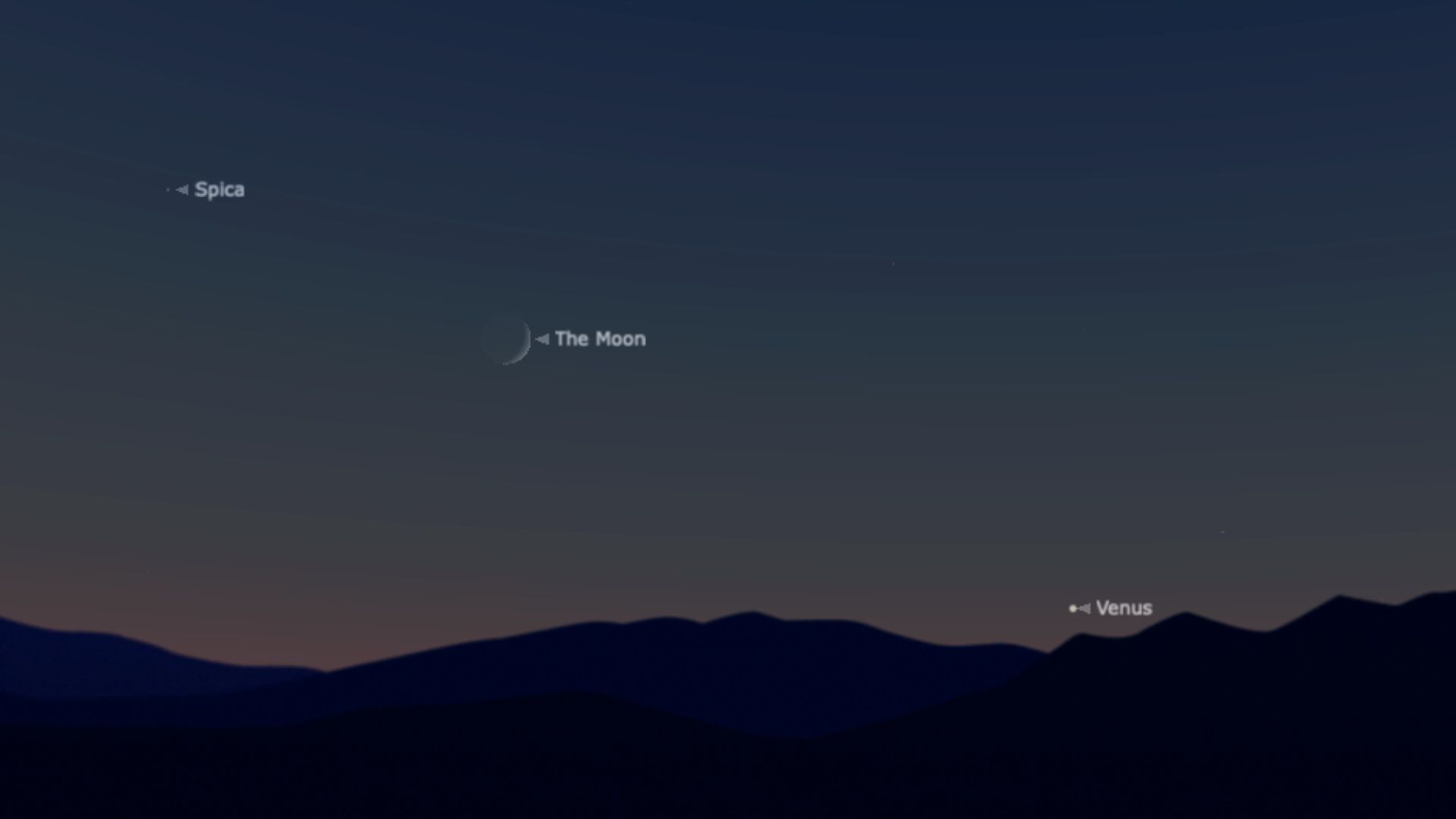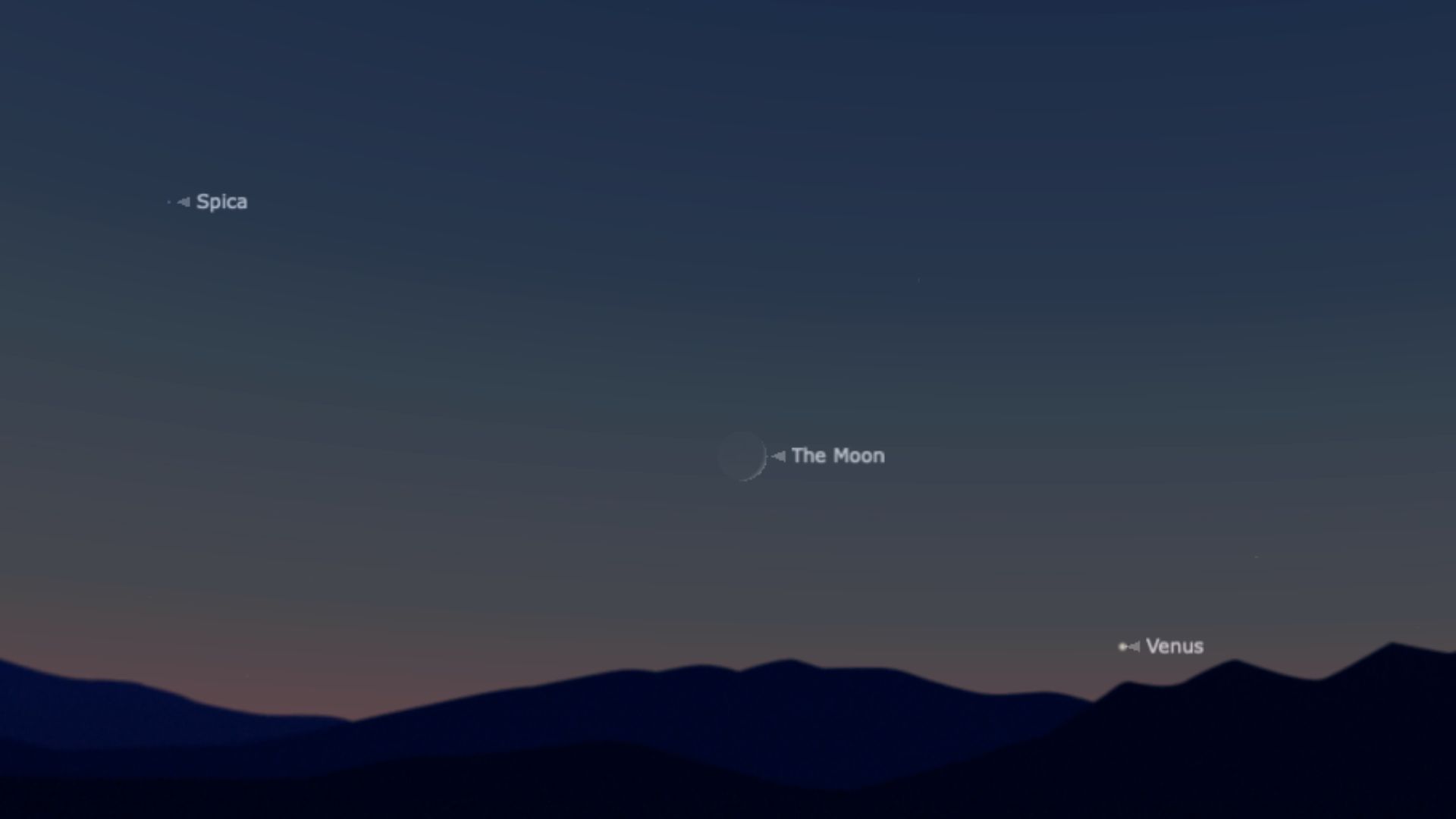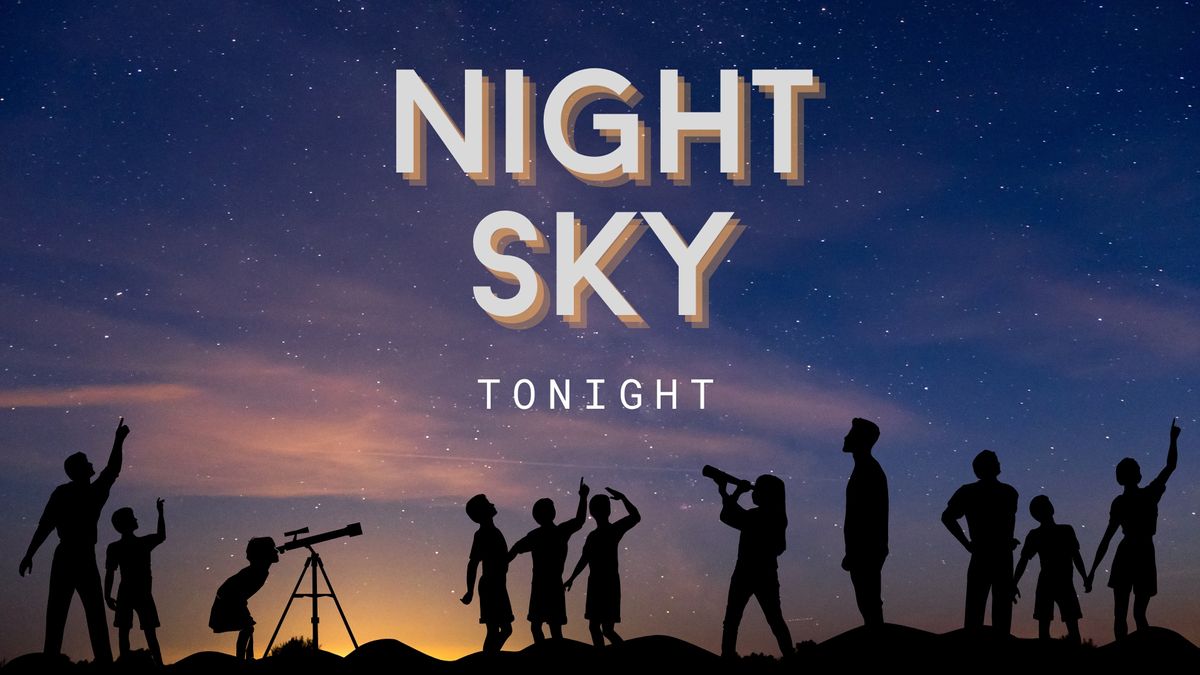Refresh
SUNDAY, AUG. 11 — MONDAY, AUG. 12: PERSEID METEORS PEAK (PRE-DAWN)

There’s no better time to see shooting stars from the northern hemisphere than tonight. At its peak, the annual Perseid meteor shower can produce around 60 meteors per hour visible in the night sky. The radiant point (where the meteors will appear to emanate from) will be the constellation Perseus, which will rise in the northeastern sky around midnight.
Meteor showers can often be marred by strong moonlight, but not so the Perseids this year since the First Quarter Moon will set around midnight. Look skywards during the early hours of Monday for the best chance of shooting stars, though light pollution and the clarity of the sky will make a huge difference. If you can, get away from light pollution — at least 40 miles from a major urban area is wise — but wherever you watch from, make sure you don’t have any artificial lights in your line of sight. Sit back, relax in a lawn chair, keep warm, and take regular breaks. Never look at your smartphone; its white light will ruin your eyes’ dark adaption, which takes about 20 minutes to cultivate and just a single second of white light to ruin.
If you cannot look for Perseids in person, you can watch them live online here on Space.com courtesy of the Virtual Telescope Project. The first livestream will begin at 9 p.m. EDT on Aug. 11 (0100 GMT on Aug. 12,) the second will begin at 9 p.m. EDT on Aug. 12 (0100 GMT on Aug. 13) coinciding with the anticipated peak activity of the Perseid meteor shower.
FRIDAY, AUG. 9 — SATURDAY, AUGUST 10 – CRESCENT MOON, SPICA, ANTARES AND THE MILKY WAY (AFTER SUNSET)

About a quarter of the moon’s Earth-facing side is now lit by the sun. Across two nights, it will appear on either side of Spica. Arcturus in the constellation Boötes will appear directly above the pair, while to the south, the Milky Way will rise after dark. However, to see the arc of our galaxy, you’ll need to be well away from light pollution. — Jamie Carter
THURSDAY, AUG. 8 — CRESCENT MOON, VENUS AND SPICA (AFTER SUNSET)

Here’s another chance to see the crescent moon dominating the post-sunset evening sky, with Venus shining stubbornly close to the western horizon. Look at the moon’s dark left side. Can you make out any details? Since no sunlight shines directly on it, it should be dark, right?
The light you can see is called “Planet-shine,” “Earthshine,” or “Da Vinci Glow.” It’s sunlight shining on Earth and reflecting onto the moon. It’s easiest to see in a crescent moon a few days old. — Jamie Carter

WEDNESDAY, AUG. 7 — CRESCENT MOON, VENUS AND SPICA (AFTER SUNSET)

A brighter, more obvious crescent moon will tonight be positioned about halfway between Venus, to its lower right, and bright star Spica, to its upper left. One of the 20 brightest stars in the night sky, Spica is the brightest star in the constellation Virgo. — Jamie Carter

Dr. Sarah Adams is a scientist and science communicator who makes complex topics accessible to all. Her articles explore breakthroughs in various scientific disciplines, from space exploration to cutting-edge research.







